
High-profile mistakes – and the ensuing headaches – are piling up for President Donald Trump’s administration.
It was an “administrative error” that led to the mistaken deportation of a Maryland man and kicked off the most visible legal challenge to Trump’s deportation policy, at least so far. The Supreme Court ruled the White House must “facilitate” the return of Kilmar Abrego Garcia, but the White House has made no real effort to bring him back to the US.
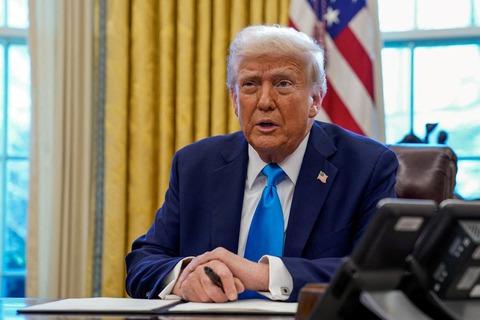
Second Signal snafu
It was the mistaken addition of a reporter to a Signal chat by Trump’s national security adviser that first uncovered the sharing of sensitive information by his Defense Secretary Pete Hegseth.
The Signal chat mistake seemed to have blown over, but then drama returned to the Pentagon with a purge of Hegseth loyalists still new in their jobs. Now there are reports that Hegseth had shared sensitive information in a second Signal chat.
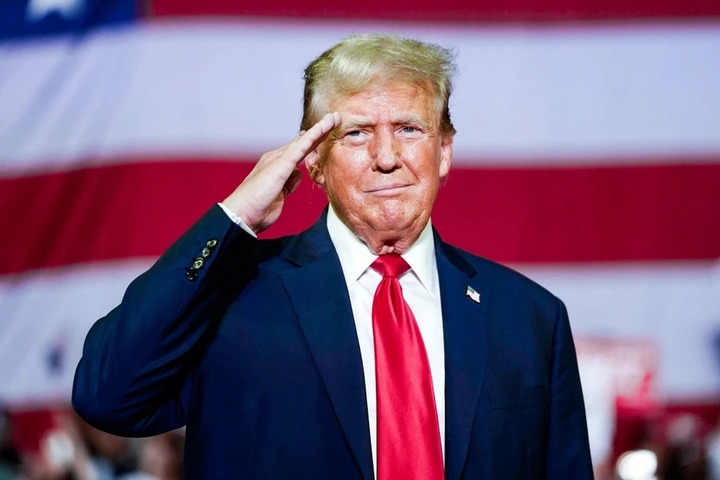
The Harvard letter
It was the sending of a letter, perhaps by mistake, that kicked off a legal fight with Harvard.
That most recent incident, reported by The New York Times, is not something the White House has acknowledged as an error, but administration officials have said the letter did not achieve its original goal, which apparently was not for Harvard to file a lawsuit against Trump’s administration.
“It was a letter that was intended to have both parties sit down again and continue their negotiations,” Education Secretary Linda McMahon said on CNBC Tuesday.
The letter, which was signed by three different government officials, was legitimate, but maybe sent too soon.
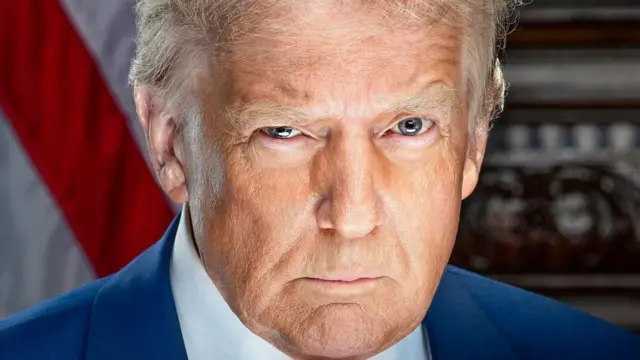
The two-day IRS commissioner
There have been multiple acting IRS commissioners in less than 100 days of Trump’s second administration. Some quit in protest when the administration decided to give tax data to immigration officials. The most recent acting commissioner to leave, Gary Shapley, was a whistleblower at the IRS and alleged the Justice Department slow-walked an investigation of President Joe Biden’s son Hunter. Shapley was out within a few days, apparently after Treasury Secretary Scott Bessent complained about being cut out of the process.
Simple tariff math
It was not a mistake when Trump announced retaliatory tariffs, which have since been paused for all countries but China. But the large board Trump used to argue his case included wild figures that confused economists.
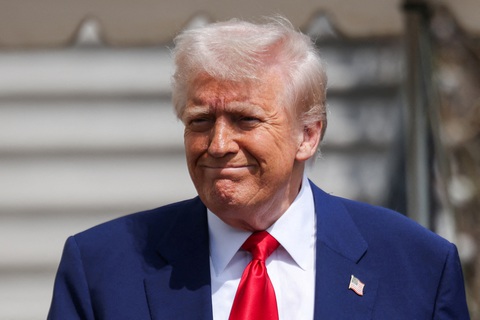
Markets responded favorably Tuesday after the Wall Street Journal reported Bessent told investors he believes the trade war with China will “de-escalate.”
The White House also sought to reassure Wall Street and Americans when press secretary Karoline Leavitt told reporters at a White House press briefing Tuesday that the administration has made progress in reaching the outlines of new trade agreements with 18 countries. It’s not clear when any new deals might be finalized.
How many ‘screwups’ make a pattern?
Sen. John Kennedy, the Louisiana Republican, gave the administration some backhanded support on “Meet the Press” Sunday when he said the mistaken deportation of Abrego Garcia was a “screwup” but did not represent a pattern of mistaken deportations.

There is clearly an emerging pattern of unforced errors that are complicating Trump’s already controversial and divisive policies.
The Abrego Garcia case humanized the mass deportation effort, even if he currently seems unlikely ever to return to the US.
Hegseth’s Signal problem and the merry-go-round of acting IRS commissioners highlight that Trump brought in outsiders to disrupt the federal bureaucracy.
Harvard’s lawsuit is being cheered by those who fear the impacts of Trump’s effort to cut research funding and strong-arm universities to cut down on campus protests and chill dissent.

DOGE expected mistakes
Mistakes are built into the DNA of the ad hoc Department of Government Efficiency led by Elon Musk.
“Nobody’s going to bat a thousand,” Musk said in the Oval Office in February.
“We will make mistakes, but we will act quickly to correct any mistakes.”
Musk admitted to at least one. “One of the things we accidentally canceled, very briefly, was Ebola prevention. I think we all want Ebola prevention,” he said at a Cabinet meeting, although independent reports have questioned whether the aid is in fact flowing again.
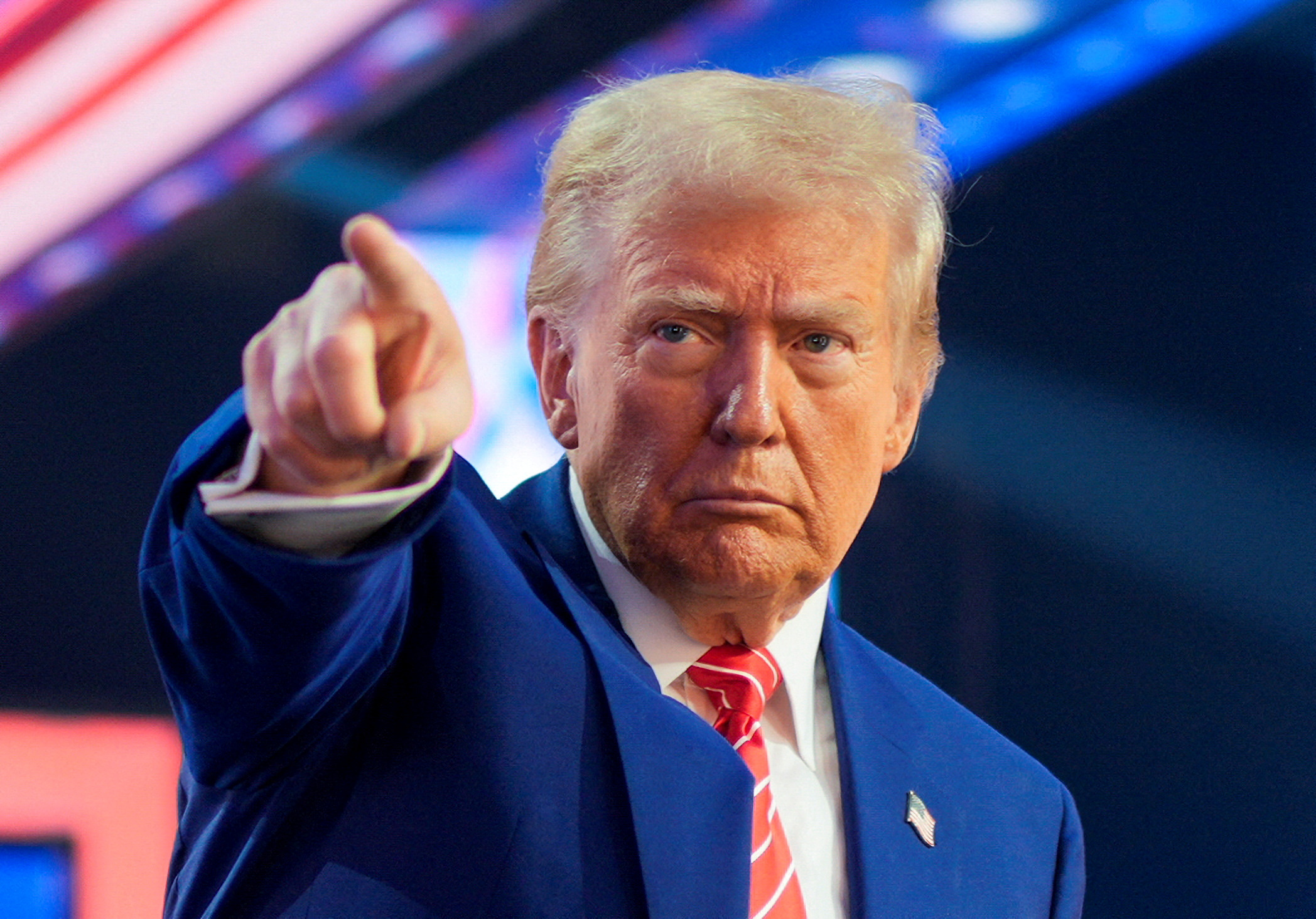
Firing, rehiring, refiring
Musk did not acknowledge other DOGE mistakes, like the firing and then rehiring of government workers focused on nuclear safety in Texas and power grid security in the Pacific Northwest.
Other workers appeared to be fired indiscriminately, but were told it was because of their performance. After a decision by a judge in California, they may now be re-fired. Trump’s efforts to shrink the government are not over; there is an expectation that multiple agencies will continue with “reduction in force” efforts to further cull the number of federal workers.
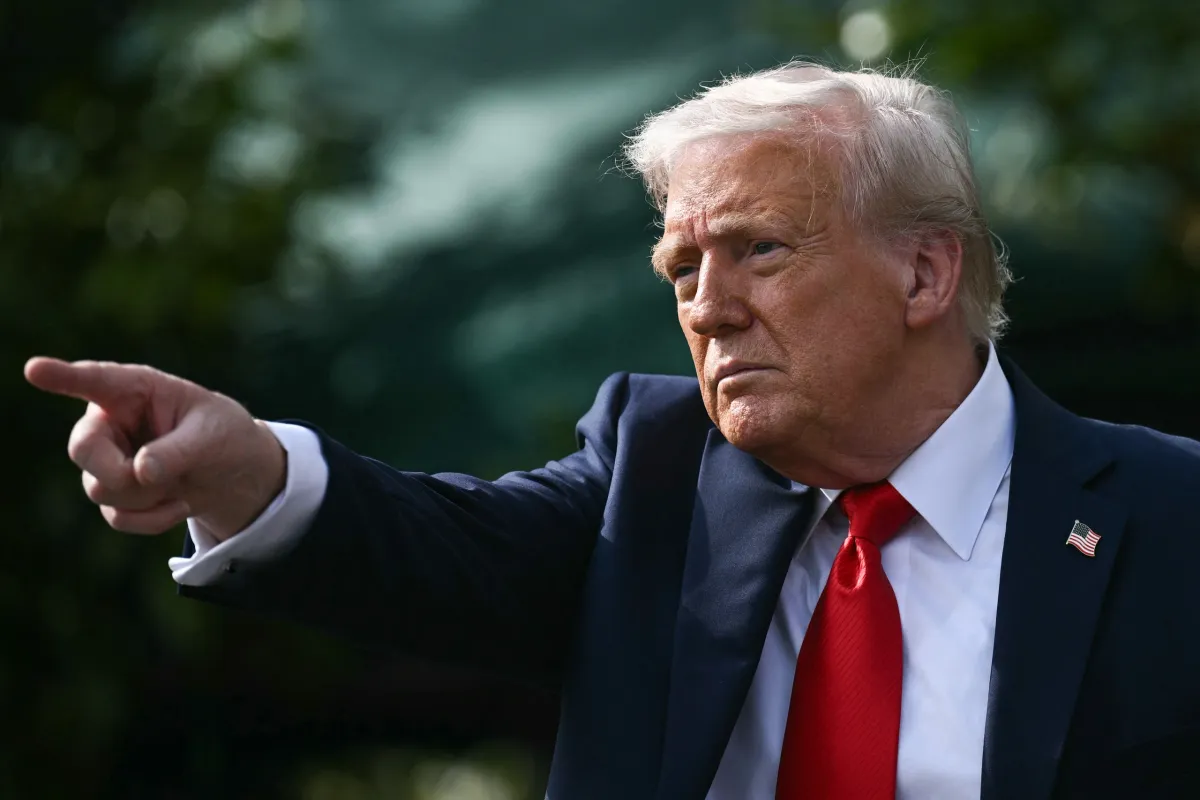
These things aren’t mistakes
It’s ultimately what the administration does on purpose that might worry Trump’s critics more than a perception of sloppiness.
Here are a few CNN reports from recent days:
The administration appears to have minimized federal climate scientists’ findings of record carbon dioxide growth in the atmosphere, for instance.
Trump’s budget proposal targets Head Start and home heating oil programs that could hurt American children and seniors who need assistance.
At a time when disaster relief money is stalled, the Trump administration sped money to GOP-led states, according to another CNN report.
How Trump’s presidency can be a colossal failure and stunning success all at once
By conventional measures, Donald Trump’s second presidency is already descending into disarray amid a legal morass, self-inflicted errors, and a vast gap between its massive ambition and its capacity to enact that vision.
Yet Trump’s tens of millions of supporters didn’t send a conventional president back to the White House – and don’t judge their hero’s performance by traditional yardsticks.
On one hand, exhausting crises on multiple fronts point to a potentially failed administration. But as Trump attempts to destroy governing structures at home and abroad, chaos is itself a marker of success.
So the question, as Trump transitions from the shock-and-awe euphoria start of his second term to grinding out his priorities, becomes what kind of event could cause these two competing realities to collide.
A recession that the president seems determined to talk the country into might puncture the bubble of achievement that the White House aggressively cultivates each day. High prices and job losses, after all, don’t discriminate between Republican and Democratic voters.

Or perhaps it would take a national security crisis precipitated by his volatile leadership and callow foreign policy team to destroy Trump’s presidency. Even then, Trump’s hold on his supporters is so strong, nothing might shake their confidence even if he alienates the middle-ground voters who helped reelect him. This, after all, is a president who convinced millions that the fair election he lost in 2020 was a stitch-up.
Still, if Trump somehow manages to secure a better deal for US manufacturers with his tariff wars, he might justify the mayhem he’s visited on financial markets. If “America first” really does convince Europe to defend itself and the president’s vows to forge peace work, the world may end up safer.
But hubris is threatening an administration that has made overreaches by previous presidents seem tame by comparison.
“You were overwhelmingly elected by the biggest majority … Americans want you to be president,” Attorney General Pam Bondi gushed to Trump last week during a Cabinet meeting, suggesting the Trump team has misread its supposed mandate.

Trump’s victory, while clear, was not a landslide. Together with a tiny GOP majority in the House, it’s a thin political platform on which to base an attempt to simultaneously remake the global geopolitical system and the world trading paradigm; to transform the US government; and to destroy elite establishment centers of power.
Weeks ago, the Washington narrative was that Trump’s second-term team would be more disciplined and unified than his first. But that’s looking increasingly threadbare. The president badly needs some swift wins – not just those that reward his MAGA base – to sustain his credibility.
Chaos grows the longer Trump is in power
A sense of disorder is mounting.
— Backbiting and organizational chaos at the Pentagon came after Defense Secretary Pete Hegseth confirmed fears about his fitness for the job by posting details of military strikes in Yemen on two Signal chats.
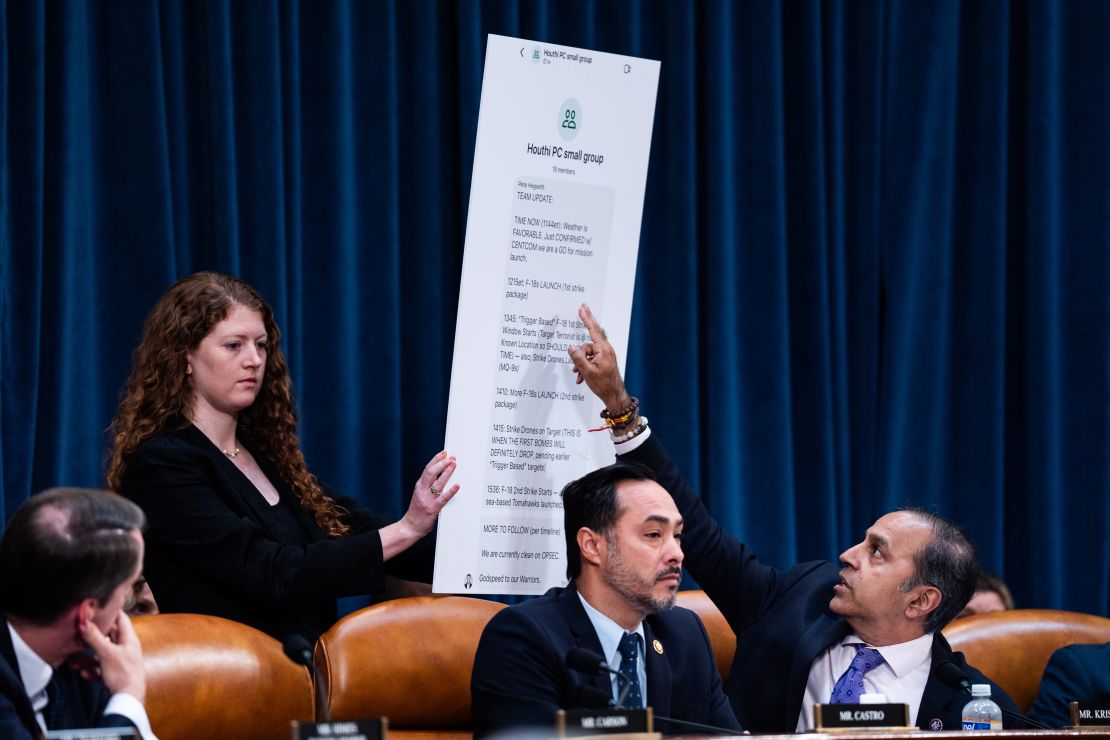
— Trump’s trade wars have wiped trillions off global stock markets and are likely soon to hike prices for inflation-weary US shoppers. His threats against Federal Reserve Chairman Jerome Powell have shattered investor confidence. The Dow Jones Industrial Average is heading to its worst April since the Great Depression. And amazingly, the world is wondering whether the dollar is a haven anymore. All of this may be behind an apparent and emerging climbdown that the administration signaled on Tuesday on the China tariffs and Trump’s warnings that he might fire the central bank chief.

— His purge of first-term officials who knew how Washington worked is resulting in embarrassing accidents. An undocumented migrant from Maryland was deported by mistake to El Salvador, igniting a massive legal showdown. And the administration set off a feud with Harvard University, apparently by mistake.
— Trump’s claims that the force of his personality alone would end wars made him look foolish. His Ukraine peace effort looks amateur. Carnage is still raging in Gaza. He’s destroyed America’s closest diplomatic friendship, with Canada, with unhinged demands it become the 51st state. His bullying means many tourists are staying away, frightened by potential harassment at US borders. Allies are making alternative arrangements, thereby diminishing American power.

— There has been no blizzard of lawmaking to bolster Trump’s claims he’s had the most successful first 100 days in generations. How Republicans will pass his huge tax plan is unclear. And a future Democratic president could wipe out his multitudes of executive orders with a stroke of their own pen.
— Tax season at the Internal Revenue Service was marked by dysfunction, with a revolving door of acting commissioners at the key agency.
— Elon Musk’s evisceration of the US government may be setting up a series of disasters that are not yet evident. Massive funding cuts may gut US emergency preparedness as hurricane season approaches. Canceled health research on diseases like cancer may cause unnecessary deaths in years to come. The mistaken firing and hurried rehiring of technicians who look after nuclear weapons seems like an emblem of the Tesla chief’s tenure in Washington, which he said on Tuesday he’d soon begin to scale back.
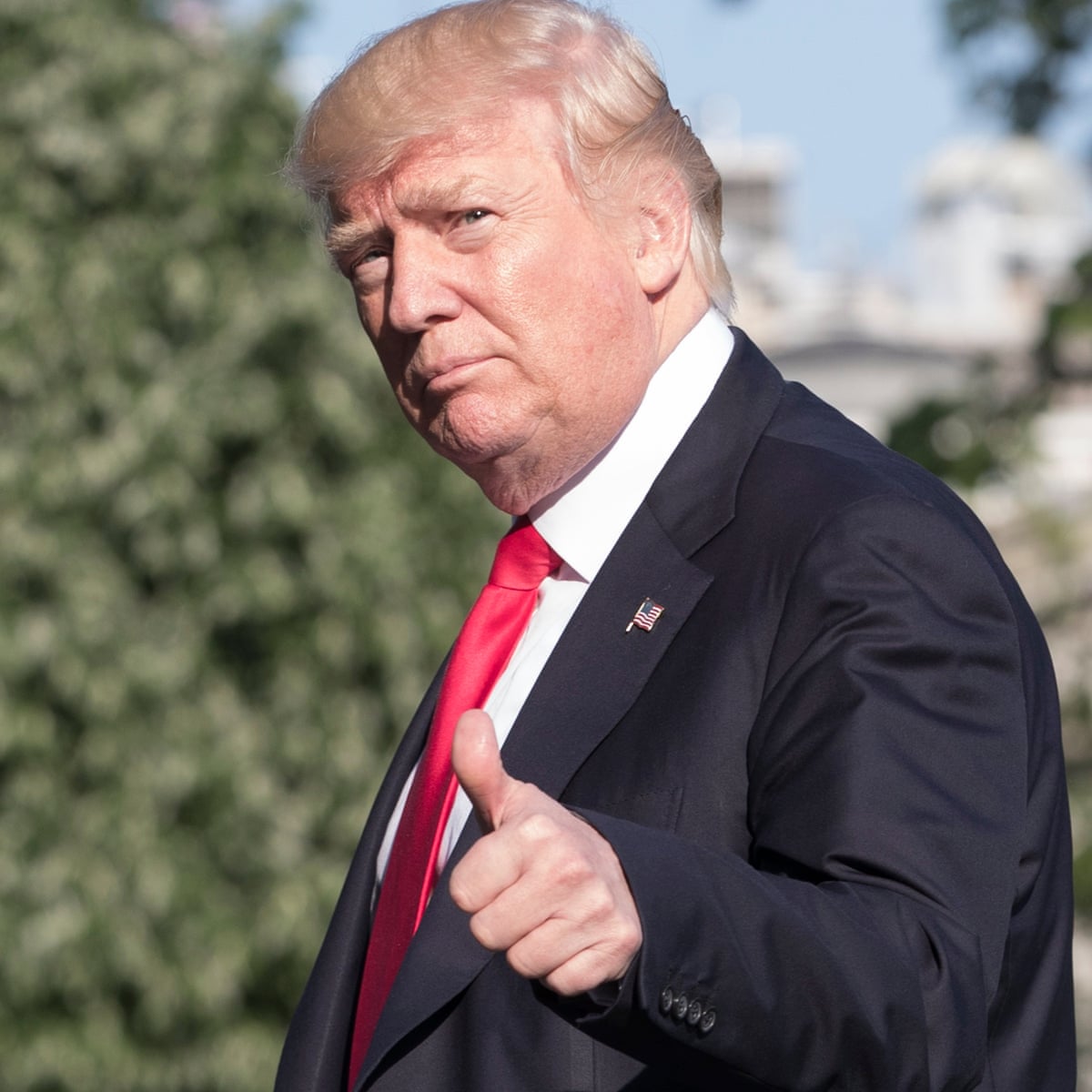
— And Trump’s incessant demands for more power have pushed the United States to the brink of one of the worst constitutional crises in 250 years. The forest of legal challenges has also severely disrupted many of the administration’s top priorities, including its signature mass deportation program.
A different world
The White House, however, insists that such damning assessments do not recognize what it regards as a spectacular record of success.

And while Trump world’s creation of alternative facts has reached stunning new heights in his second term, there is some logic to their arguments.
The president has never made much pretense of governing for the entire country. His presidencies have been a long succession of attempts to gratify his political base.
That lens is the best way to understand his second term.
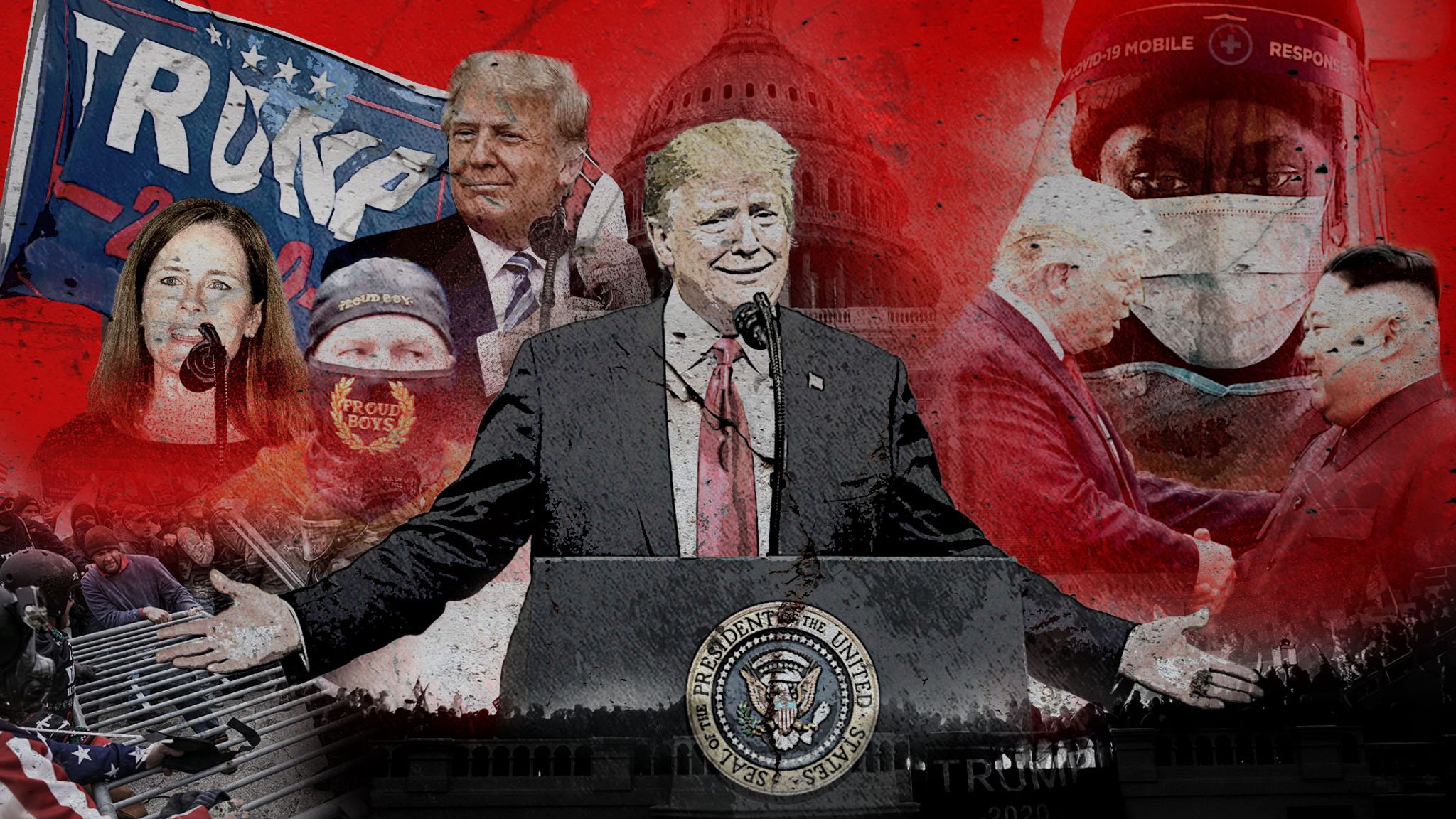
Musk’s Department of Government Efficiency is the culmination of decades of conservative hopes to dismantle the mighty federal machine. This is not just an ideological goal, although hostility to government is one of the few common themes of two great GOP codes, Reaganism and Trumpism. Many Republican officials believe that the civil service has always been a liberal check on their presidents’ power. And if attempts to shatter that stranglehold don’t ultimately result in the full dismantling of what Trump first-term political guru Steve Bannon calls the administrative state, then paralyzing government might work almost as well. It’s going to be all but impossible for a future Democratic president to quickly rebuild what Musk has destroyed.
Trump’s belief in almost absolute presidential power horrifies his critics. But millions of Americans voted for this. He made no secret on the campaign trail of his intention to weaponize presidential power and the Justice Department to pursue his enemies. “It’s good to have a strong man at the head of a country,” Trump reflected during a campaign appearance in early 2024, in remarks that explain his domestic and foreign policies.
One of the most controversial aspects of that vision is playing out in the deportations of undocumented migrants to a notorious prison in El Salvador, including that of Kilmar Abrego Garcia.
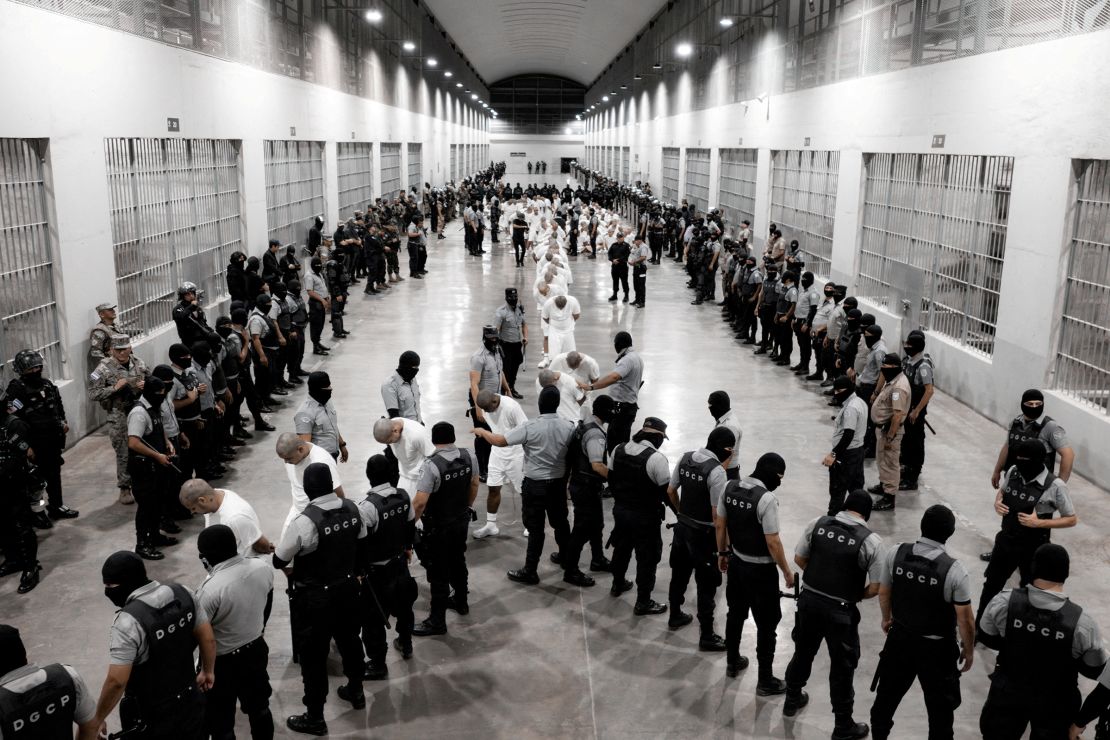
But the White House loves the fight. It’s failed to prove Abrego Garcia is a terrorist and a gang member. But White House press secretary Karoline Leavitt stoked the fire again on Tuesday. “We were always right. The president was always on the right side of this issue to deport this illegal criminal from our community.” When Trump said last week that he’d like to deport US citizen criminals to El Salvador, he knew his audience. And on this immigration issue, he has some genuine results to show for his efforts. Border crossings are down significantly compared with the days of the Biden administration..

Trump’s tariff wars seem insane to Wall Street investors and middle-class Americans who’ve seen their 401(k) plans plummet. But the Trump administration is betting on a different audience – working Americans in rural areas and states devastated by globalization who helped elect him twice. “We shipped countless jobs overseas and, with them, our capacity to make things – from furniture, appliances, and even weapons of war,” Vice President JD Vance said in India on Tuesday. He added: “Many were proud of where they came from: their way of life, the kind of jobs they worked, and the kind of jobs their parents worked before them.”
Trump’s America first creed horrifies the foreign policy establishment and threatens to undo generations of US leadership. But those are the same experts who ran the wars in Iraq and Afghanistan and are reviled by Trump’s base. America’s reputation abroad is being slammed by Trump’s dismantling of USAID, genuflection to Russian President Vladimir Putin and abandonment of Africa. But Trump and his supporters care little for allies. He’d rather be feared than liked.

A veteran of those early 21st-century wars, Hegseth now runs the Pentagon. His defenestration of senior uniformed officers who advocated diversity might be unfairly wrecking military careers and rocking the leadership of the world’s most lethal military. But the former Fox News anchor has the support of conservative media – one reason Trump is standing by him despite reports of his cavalier attitude to classified information. Leavitt hinted at the strategy behind Hegseth’s selection and retention on Tuesday, saying, “There’s a lot of people in this city who reject monumental change, and I think, frankly, that’s why we’ve seen a smear campaign against the secretary of defense since the moment that President Trump announced his nomination before the United States Senate.”

A similar distaste for the establishment also explains Trump’s showdown with Harvard. It might have been mistakenly started, but the clash is exactly the kind of issue the White House seeks – placing Trump on the side of the overwhelming majority of Americans who didn’t attend Ivy League colleges. If Democrats chose to defend these bastions of elitism, so much the better for Trump’s political cause.
History will form its own judgments on the second term of Trump. But as the daily pandemonium unfolds, it’s worth remembering that this divisive presidency can look like a dangerous failure to half the country while manifesting as a stunning success to the other half.
If America was ever united by a common version of reality, that’s no longer the case.
This story has been updated with additional developments.
Trump chaos has already damaged the economy. It may be too late to fix it
A version of this story appeared in CNN Business’ Nightcap newsletter. To get it in your inbox, sign up for free here.
President Donald Trump appears to be walking back some of his more extreme positioning on the economy — pivoting yet again on his signature tariff agenda and renewing concerns that his haphazard approach has already done serious economic damage.
On Tuesday, Trump softened on two key issues that had been giving Wall Street nightmares: He signaled openness to easing tariffs on China, and said he has “no intention” of firing Federal Reserve Chair Jerome Powell.

But the abrupt shift in tone was yet another reminder of the turbulence emanating from the White House that could push the US, and potentially other economies, into a recession.
More damaging than the tariffs themselves is the uncertainty the White House has created, said Wendy Edelberg, senior fellow in Economic Studies at the Brookings Institution, in an interview with CNN. “And the lurching hasn’t ended. In fact, this is simply another lurch.”
After an abysmal few weeks, US stocks surged Tuesday and Wednesday — a sign of Wall Street’s relief that the president appears to be heeding warnings from CEOs and close advisers who say his 145% tariffs on China aren’t sustainable. In an Oval Office gaggle with reporters Tuesday, Trump also refrained from attacking Powell. (It was a rare moment of restraint with regard to Powell, whom Trump has recently called a “major loser.” By Wednesday evening, Trump had resumed a more threatening tone, saying he “might call him.”)
But US stocksremain down 11% since Trump took office in January, battered by near-constant changes and mixed messaging from the White House about a tariff agenda that would fundamentally alter global trade and slam the brakes on economic growth.
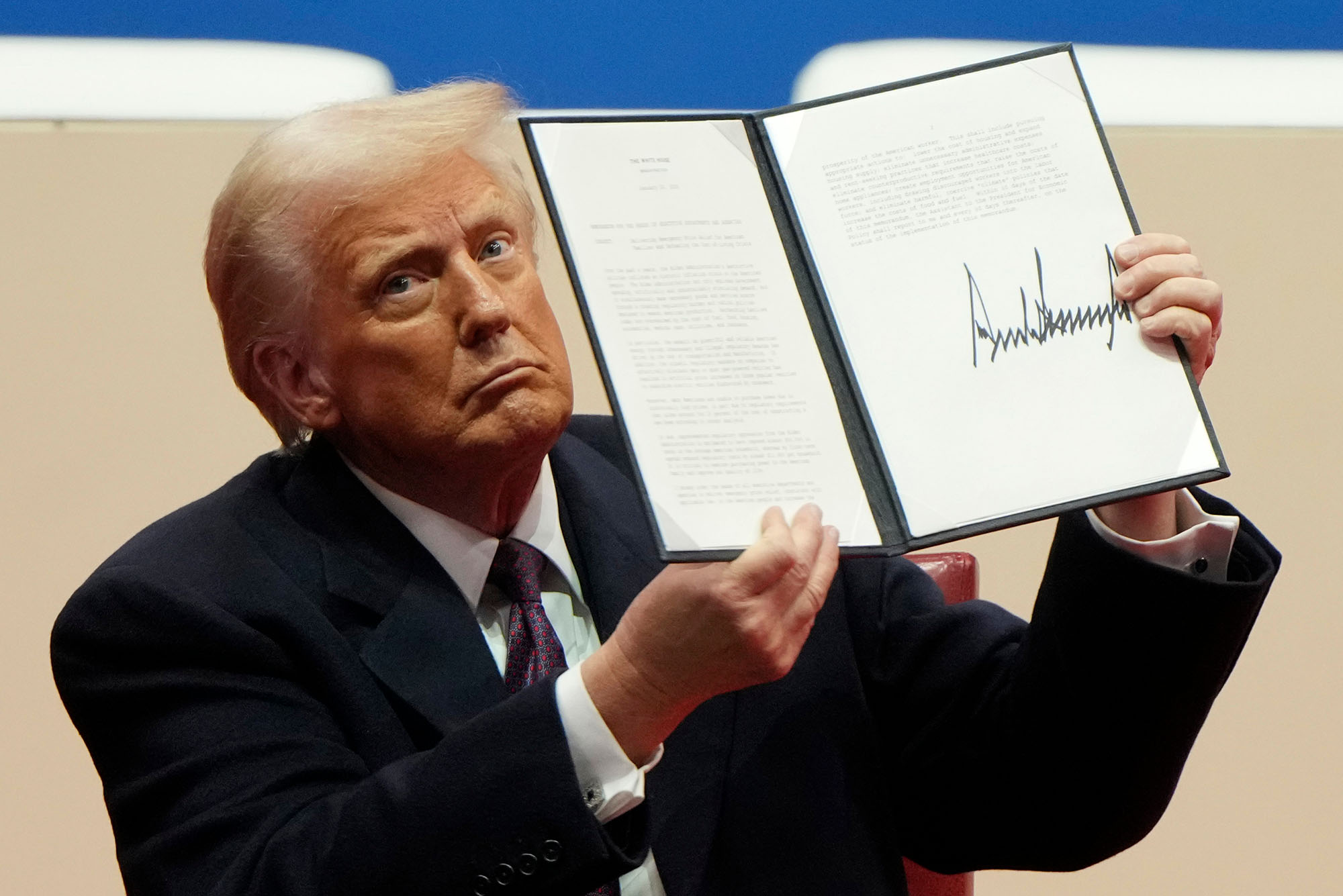
Despite the recent rebound, nearly $7 trillion in value has been erased from the S&P 500 since record highs were set just two months ago, according to S&P Dow Jones Indices.
At this point, any sign that Trump is pulling back on tariffs or respecting decades of precedent protecting the Fed’s independence will land, at least temporarily, as a win for Wall Street.
“Markets are terrified about the dumb things he’s going to do, and when he doesn’t do them, they’re thrilled,” Justin Wolfers, professor of economics and public policy at the University of Michigan,told CNN.
But Wolfers and other economists expressed concern about the damage that’s already been done.
“It’s clear the economy will slow,” he said. “The question is how much.”
Forecasters broadly say there is an elevated risk of a recession this year — perhaps as high as a 50% to 70% chance. Virtually all note those odds are in flux because of Trump’s ever-shifting tariff agenda.

Even if all of the Trump 2.0 tariffs were unwound today, the US would still lose at least 1% of GDP just from the policy uncertainty, said Kent Smetters, professor of business economics and public policy at the University of Pennsylvania’s Wharton School. “We are projecting that GDP will eventually fall by 5% if all the tariffs are implemented.”
But to be clear: The Trump administration has not had any public discussion about unwinding other tariffs, which alone are extraordinarily aggressive. Tariffs on China may come down, but “they won’t be zero,” according to Trump. Remaining in place are 10% universal tariffs and 25% tariffs on autos, steel, aluminum and some Mexican and Canadian products.
According to a senior White House official who spoke to the Wall Street Journal, the current 145% tariffs on China could come down to “between roughly 50% and 65%.”
That would still be hugely disruptive.
Trump’s tariff headaches come with more than financial costs. Business leaders have been paralyzed by lack of clarity, as have some of America’s closest allies and trading partners around the globe.
“The US administration’s on-off tariff policy has led to a confidence crisis,” Gregory Daco, EY’s chief economist, said in a report on Wednesday.
It will take time to restore that lost confidence, especially given that US tariffs can be dialed up or down at any hour and often with little to no notice.
“Businesses don’t know which end is up,” Edelberg said, noting one Fed study that found 75% of businesses said they aren’t increasing their capital expenditures over the next six months. “Everyone is holding their breath because they don’t know what policy is going to be the law of the land tomorrow.”
That anxiety was evident in the Fed’s “beige book” report, a periodic survey of businesses across the country, released Wednesday. Across industries, firms said they are pausing or slowing hiring while they wait for clarity.
Meanwhile, America’s brand has taken a hit — both at home and abroad. Even some of the US’s closest allies and trading partners are struggling to see the logic behind Trump’s trade war.
“The US-Canada trading relationship is profoundly damaged, and will be forever,” Wolfers said. “It’s made it politically impossible for Canada to be pro-America … That damage is done.”
It’ll be tough for Trump to dig his way out of this one



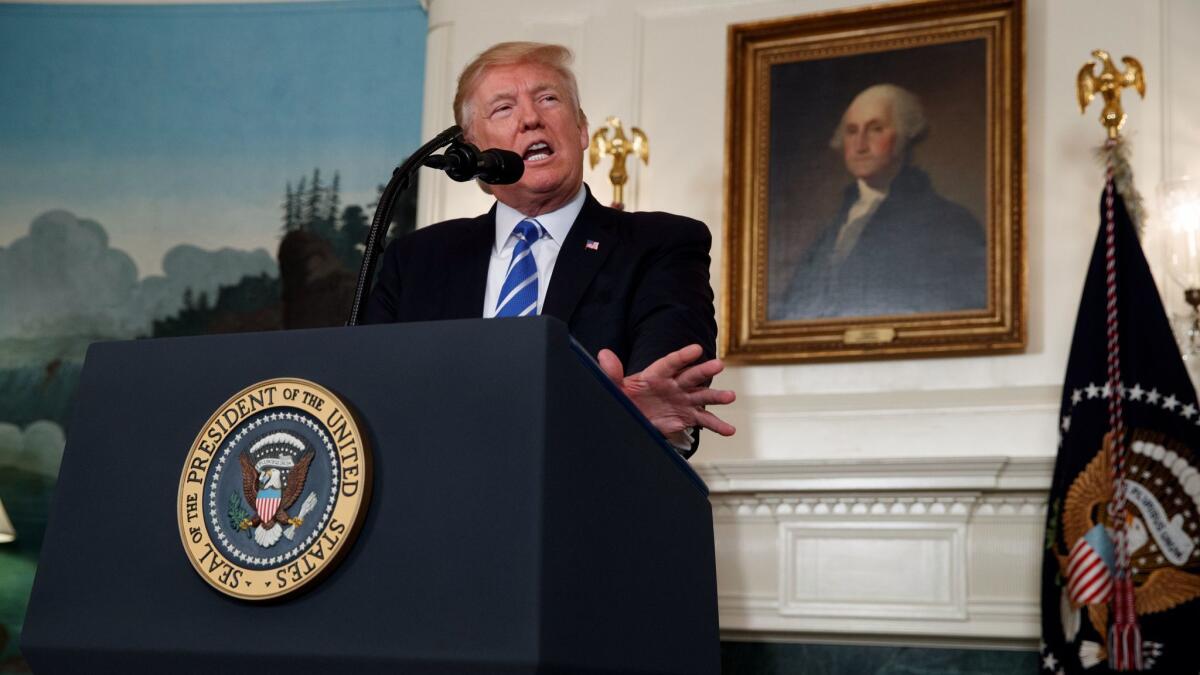




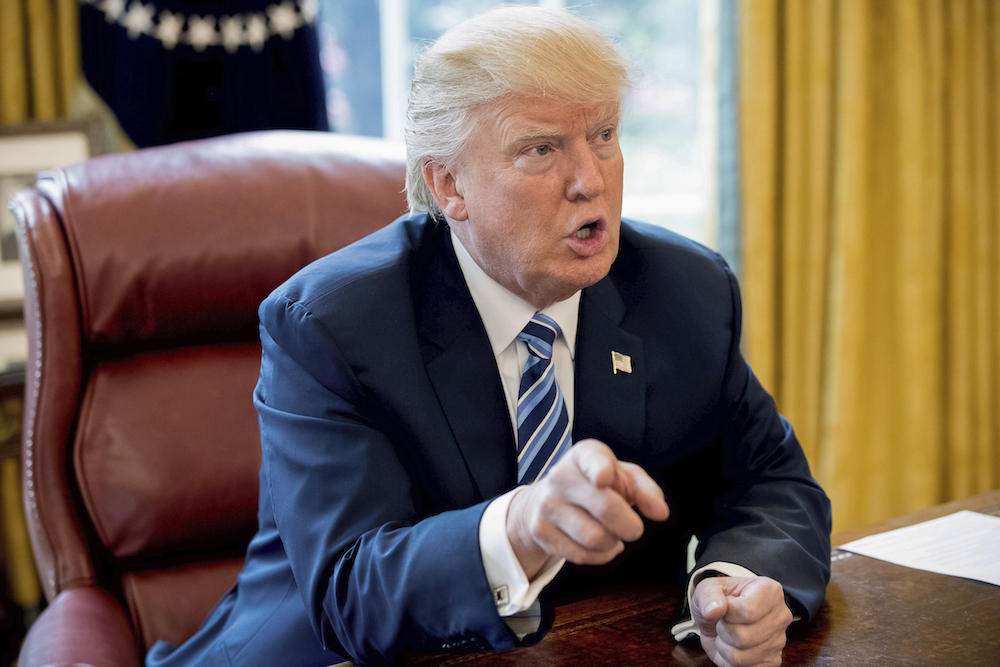

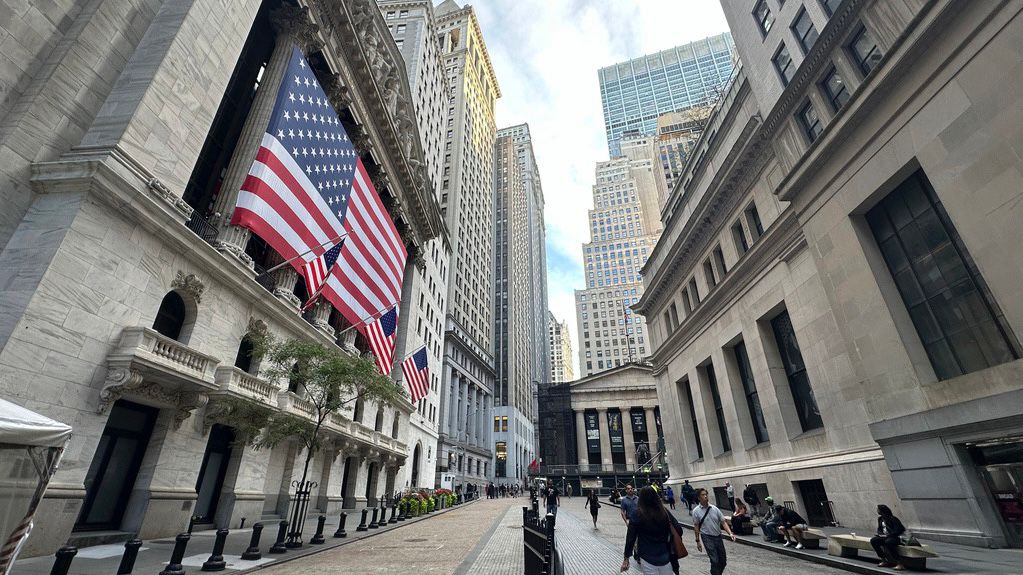

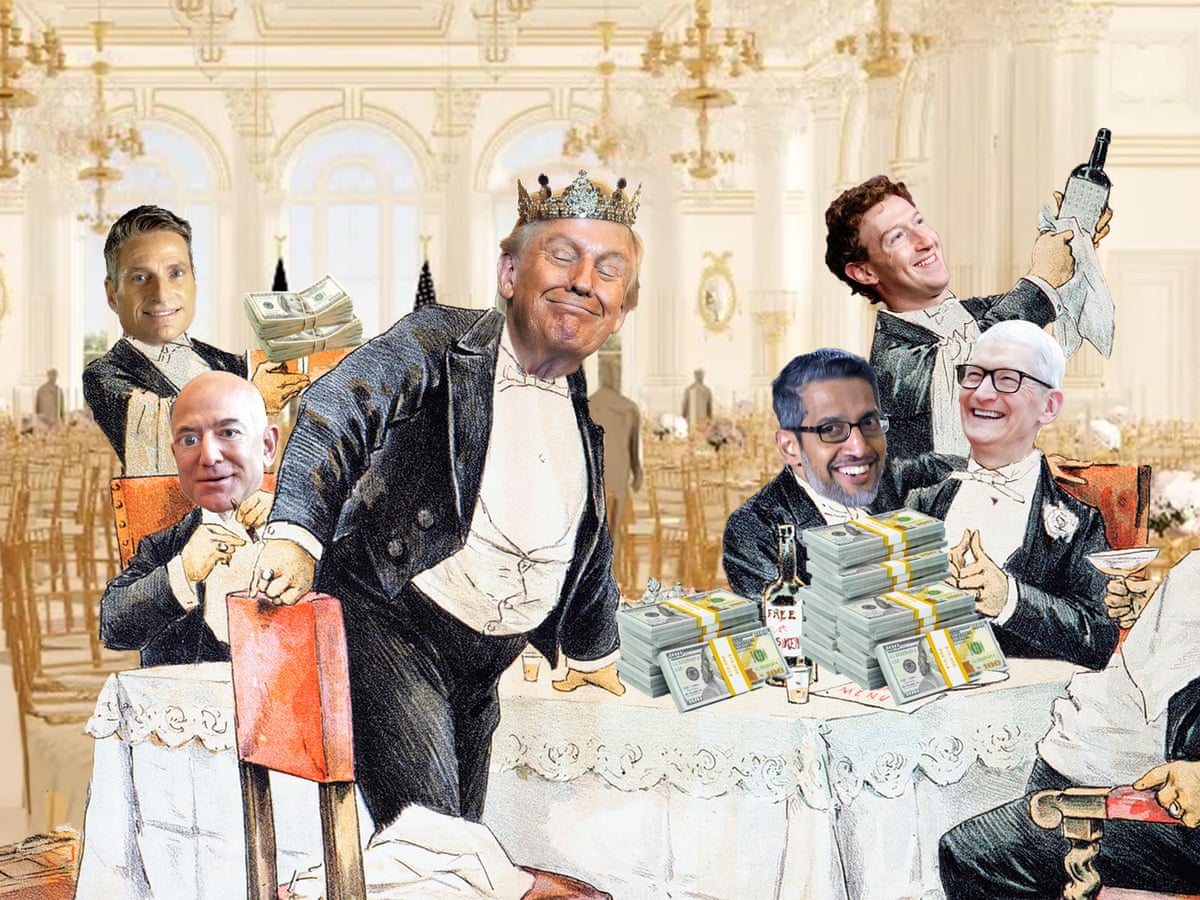














:max_bytes(150000):strip_icc():focal(749x0:751x2):format(webp)/firefighters-recue-dog-that-fell-in-icy-pond-1-010226-2239db48a5894b2ca6ea50c805da048f.jpg?w=1200&resize=1200,0&ssl=1)
:max_bytes(150000):strip_icc():focal(749x0:751x2):format(webp)/Isabel-Klee-122225-43535fbd50104e9e8711da887b91ee58.jpg?w=1200&resize=1200,0&ssl=1)


:max_bytes(150000):strip_icc():focal(1405x730:1407x732)/kate-middleton-2023-trooping-the-colour-outfit-lead-8d162e1874e444909014ca3ea465686c.jpg?w=1200&resize=1200,0&ssl=1)









:max_bytes(150000):strip_icc():focal(587x7:589x9)/hilary-duff-1-8885477a9c0e468782157a05b32cb221.jpg?w=1200&resize=1200,0&ssl=1)
:max_bytes(150000):strip_icc():focal(700x500:702x502)/Mickey-Rourke-TEATRO-Even-Summer-White-Affair-041425-01-dda588030a524ffb88242f46d853a6da.jpg?w=1200&resize=1200,0&ssl=1)





:max_bytes(150000):strip_icc():focal(722x378:724x380):format(webp)/farmington-hills-deliver-baby-040924-2-ffd1c156ebc647d6977e889eb9405d6f.jpg?w=1200&resize=1200,0&ssl=1)

:max_bytes(150000):strip_icc():focal(658x345:660x347):format(webp)/nacho-the-dog-tout-10212024-027bc33d675c4321b7d23a1c9b0d1188.jpg?w=1200&resize=1200,0&ssl=1)
:max_bytes(150000):strip_icc():focal(749x0:751x2):format(webp)/Noel-the-dog-090224-d33b921e95514585ab5564f64baf8397.jpg?w=1200&resize=1200,0&ssl=1)
:max_bytes(150000):strip_icc():focal(672x469:674x471)/cats-uhaul-7125-91f98aa63d0a41f4aa06508720df1702.jpg?w=1200&resize=1200,0&ssl=1)
:max_bytes(150000):strip_icc():focal(1125x315:1127x317):format(webp)/101-Dogs-Found-Crammed-in-Cages-in-Unassuming-NC-Home-060925-c0c6cbd2939948e88bb0942bc8a707fa.jpg?w=1200&resize=1200,0&ssl=1)